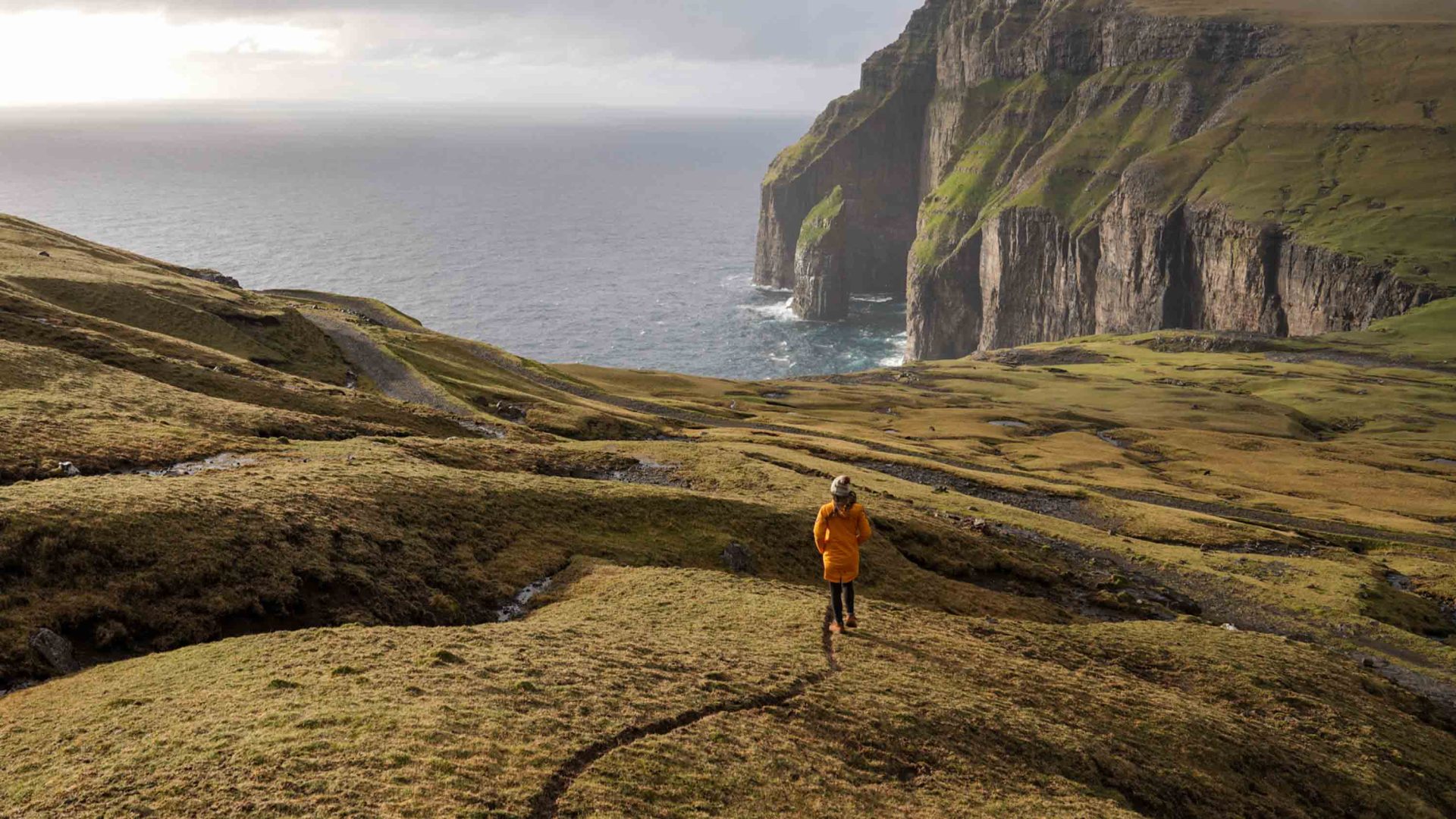
An intimate portrait of daily life, traditional culture, and gobsmacking nature in the Faroe Islands through the eyes of five locals.

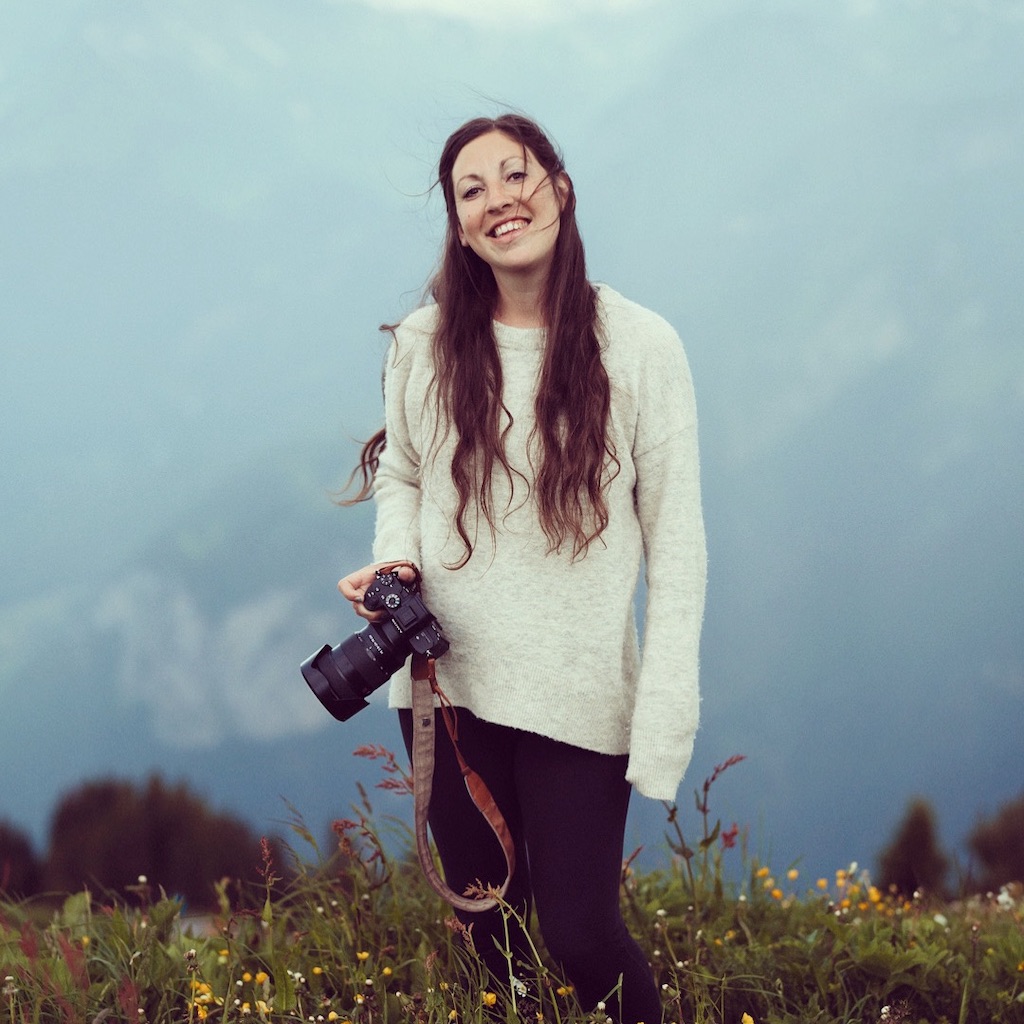
An intimate portrait of daily life, traditional culture, and gobsmacking nature in the Faroe Islands through the eyes of five locals.
I found myself standing in the middle of a storm, on the edge of a tiny village in The Land of Maybes. Pelts of icy rain assaulted my face as I attempted to talk over the wind through fiercely chattering teeth. Most people would balk at being out in this type of weather, but this is precisely what we had come for. This is the Faroe Islands; a far-flung smattering of 18 islands in the rowdy waters of the Atlantic.
Over one week, I spent time with five locals with different occupations who live in various places around the Faroe Islands. They took me to experience their favorite spot or activity, where I gained insight into the culture, marveled over the landscape, and made new friends. But, most of all, I was left with a much deeper understanding of the connection between the Faroese people and nature in the place they call home.
When Bogi Simonsen, a seafood salesman from Klaksvik, told me his favorite place in the Faroe Islands was Saksun during a rainstorm, I’ll admit I was a bit baffled. I knew the village was stunning; I had taken countless photos on my previous trip of turf houses overlooking a circular cove steeped with towering mountains, where at low tide you could venture along the beach to view the narrow opening out to the fickle sea. But I also knew that, in heavy rain, the infamous Faroese fog would roll in and completely obstruct the postcard-worthy scene… There’s a reason the Faroese language contains 37 words for fog. Simonsen went on to explain that it was about the feeling of the wind and rain on his face as he listened to his most cherished sound; roaring water rushing down the mountainside in full 360… nature’s ‘surround sound’.
“It’s like hearing a church choir,” Simonsen declared as the wind roared and raindrops poured down his face at warp speed. He smiled from ear to ear.
Seeing his unadulterated joy at the situation, I stopped pulling my hood tighter and embraced the weather. All around us, I imagined thousands of thundering waterfalls, newly formed, playing in tandem with the usual suspects who hang around on even the rare sunny days, in a boisterous performance.
She regaled me with stories of the past and Faroese folklore, just as her father had done with her and her siblings during their summer commutes from Tórshavn back to Kvívík.
“There are 50 names for rain here,” Simonsen said. “It rains more than 200 days a year so we use different words to describe the amount.” He went on to explain that, for instance, ‘Sirm’ means ‘drizzle’ and ‘Glopraregn’ means ‘pouring down.’
“It blows my mind a little bit, I feel a little clearer when I come out here. It’s wonderful and awesome; that’s why I brought you here.”
“Everything seemed so large when we were young; the village and the houses felt big. Now, it seems so small. There are a lot of memories here.” I was strolling the village streets of Kvívík with Hansina Iversen, a Faroese artist. We had driven north to the tiny village, along the old route stretching through the island of Streymoy, approximately 30 minutes from her home base in the capital city of Tórshavn. Along the way, she regaled me with stories of the past and Faroese folklore, just as her father had done with her and her siblings during their summer commutes from Tórshavn back to Kvívík, where he had been born and raised. Stories of her father making the same trek on foot or horseback flowed easily, as the dramatic scenery sped past my passenger side window.
“It’s really beautiful, this village,” Iversen commented as we walked across the bridge spanning the small river Stórá that splits the town in two, leading straight to the sea. A resident mountain donning a fog hat stood watch over homes and a quaint church, where Iversen would count verses for her father, who played the organ on Sundays.
“I have been inside almost all of these houses,” she laughed. “A lot of my family and the people I knew from my childhood still live here, in the houses they grew up in.” She spoke of spending many summers in the village, helping tend to the family sheep, and exploring with her cousins. “Playing in the river, running around, saying hello to relatives over tea and cake; it was a quite nice and innocent life that feels like ages ago. Living in the Faroes is peaceful and safe in the way that you interact with the community and the people you know. It’s nostalgic, even though I still come here a lot.”
By this point in our visit, we had said hello to at least 10 people that she knew, proving her point. As our time in Kvívík went on, Iversen would see something and a memory would be triggered, mostly fond happenings from her childhood. Swimming in the river, sometimes catching and releasing eels for fun, hiking to the top of the village peak, taking the cows up to the wild grass and herding them back by six in the evening. “When it was dark, we’d run for our lives past the graveyard… we were scared as children,” Iversen recalled with a smile.
We made our way down towards the beach, where a Viking Age farm was excavated in the 1940s, revealing a longhouse and other archeological ruins dating back to the 10th century. The ocean was calm, but it was easy to imagine rough seas. “There can be huge waves, especially in winter,” Iversen said. “We were not allowed to play down by the ocean. Our parents told us about a sea monster that would take us and eat us. This was very common in the Faroes to scare children to keep them safe from the savage nature. So my cousin and I would stand at a safe distance when there would be high waves just to look at it—so scary and fantastic at the same time.”
On the southernmost island in The Faroes lives a 75-year-old legend. He goes by ‘Bibbi.’ Bjarni ‘Bibbi’ Brattaberg is the closest resemblance to Santa that I’ve ever seen, complete with the signature thick white beard and jolly red cheeks. I was spending the morning on his fishing boat in the choppy seas off the east coast of Suduroy, alongside his buddy and captain, Páll Klementsen. The duo had known each other for 20 years, becoming friends through their shared interest in fishing.
“Hope you don’t get seasick,” Klementsen said. There was no guarantee we’d catch any of the usual Atlantic salmon, halibut, haddock, or cod that frequent the Faroese waters, especially since they were apparently amid a seven-year cyclical dip. Despite that, a plane flies fresh salmon in just six hours from Suduroy to New York, every day; that’s how in-demand it is.
“We had seven good years for fish, and seven bad years,” Brattaberg said. “Right now, it’s not good. The best years we catch 100 thousand tons.”
The weather cleared for our return trek, the early evening sun illuminating the landscape as an apology.
We stopped to throw down a few lines while the boat bobbed back and forth, but came up empty. I saw Brattaberg eyeing the bagged lunches that I had brought on board and checked the time, barely 11. Perhaps eating early would boost morale.
While they fish year-round, sometimes embarking on multi-day trips, Brattaberg has slowed down, “He’s an old man,” Klementsen teased. “He doesn’t go every day anymore.”
“Yeah, yeah, yeah,” Brattaberg replied. While he might not cast a daily line anymore, it was clear to me how much he loved being out on the fishing boat, doing his thing. “I feel like a free man when I’m out on the boat in nature. I like the excitement of catching fish; maybe you will, maybe you won’t.”
It was time for another go. Brattaberg lowered the line into the dark waters once again, this time with some post-lunch luck on his side. Less than a minute later there was a buzz of excitement as they reeled up a sizable cod, Brattaberg holding it up like a trophy. We cheered, obviously, and I relished in the shared moment of magic that only someone like Santa could create.
I was drinking coffee in a time warp.
“Everything is exactly as it’s always been,” Johan Holm Simonsen explains. He owns the early 1900s-era red home with his cousin, Guðrun Rógvadóttir, running it as a bed-and-breakfast called Heima í Stovu, as well as hosting occasional supper clubs. He tells me that each room, every piece of decor, big and small, has been meticulously preserved to remain as it did when his great-grandparents owned the house, which has been in their family for four generations. They spent their summers here in Hvalba, a small settlement in the northern part of Suduroy, with impossibly pretty views sprawling to the ocean. Every direction you go on the narrow roads leaving the village lead to even more jaw-droppingly stunning scenes. And sheep. Lots of sheep.
We were in the kitchen, a home base for his summer exploits as a child. I sat in the corner seat with a plate of freshly baked scones that dwindled by the moment, precisely where Simonsen had his morning glass of milk out of his favorite cartoon-adorned cup in the summer months of his youth.
“Every day in summer, you’d go out and play on the beach, and there’d be many children. We’d build cities, play with little boats, and we had an old traditional Faroese boat that the children were allowed to use as long as we stayed in front of the shop that my grandmother owned,” Simonsen shared nostalgically. “In the afternoon, we would pack a picnic basket with soda, a nice sandwich, scones, or chocolate and take some toys with us, and then we would just go freely in the mountains. Our parents trusted us; we were told to only go as far as you can still see the village. If the sun was shining and the weather was good, we would always eat outside, because it would be silly to be inside.”
One of the specialized programs offered through the B&B is a guided hike and we prepared to roam some of the landscape that Simonsen did as a child. He explained it would just be an easy walk as we set out to the Rituskorð cliffs in neighboring Sandvík with a couple of other guests. As if on cue, The Land of Maybes effect took hold and it started to rain sideways. “We are used to walking,” Simonsen said as I stopped to catch my breath. “You learn from a young age how and where to walk; it’s imprinted in you from a young age before you go to school—when you walk with your mother or father or grandparents. If it gets foggy, we knew to follow the river to find your way.”
We stopped at the first viewpoint of the seaside cliffs, so striking that it would’ve taken my breath away if I hadn’t already lost it from the trek thus far. At one point, I had to flat-out sit down, the wind threatening to completely knock me down. Simonsen was unbothered.
The weather cleared for our return trek, the early evening sun illuminating the landscape as an apology. Once back from our venture, we shared tales from the trail over a home-cooked meal by Simonsen himself and some well-earned wine in the cozy red house where now I was part of the story, too.
“This is where the church history in the Faroe Islands started,” Steintóra Poulsen, a 30-year-old priest in the Faroe Islands told me upon meeting. We were standing outside of Saint Olav’s Church in the village of Kirkjubøur, which was once the cultural and religious hub of the islands. The white church sat adjacent to the ocean, dating back to medieval times—the oldest of all 60 churches in the Faroe Islands.
“I started as a priest in this parish. When I come into the church, there’s a very special smell that I don’t get anywhere else; like a mix of wood and sea,” she shared over the loudly bleating sheep.
About a stone’s throw from Saint Olav’s sit the impressively intact ruins of the St. Magnus Cathedral, a stone structure dating back to the 1300s, partially protected from the elements in an effort of preservation. It’s a roofless wonder with a turf rim on the top edge, with grand arched doorways and windows. Adorned with moss-covered rocks, it felt like a living relic. “I like the tradition about this place; the whole village,” Poulsen told me as we walked past a 900-year-old farmhouse that has been occupied by the same family for 17 generations.
She spoke candidly about her path to becoming a priest, “I think since I was 12 years old, I was fascinated by this calling. I don’t consider it a job; it’s a life where you get to be part of other people’s lives. You get close to them and are there in the most sad times of their lives and the most happy times of their lives. I think the contact with the people made it an easy choice.”
With this as my last meeting in a place with such a rich history and hearing about her experience, it felt like I was unearthing the roots of what makes the Faroe Islands, the Faroe Islands. “People are helpful. Kids can have a free life here. You don’t have to plan everything… because of the weather, you can’t.”
***
Adventure.com strives to be a low-emissions publication, and we are working to reduce our carbon emissions where possible. Emissions generated by the movements of our staff and contributors are carbon offset through our parent company, Intrepid. You can visit our sustainability page and read our Contributor Impact Guidelines for more information. While we take our commitment to people and planet seriously, we acknowledge that we still have plenty of work to do, and we welcome all feedback and suggestions from our readers. You can contact us anytime at hello@adventure.com. Please allow up to one week for a response.

Lauren Breedlove is a freelance travel writer and photographer based in upstate New York, contributing to publications like Travel + Leisure, Food & Wine, Thrillist, AFAR, and Matador Network, as well as keeping it real on her blog, girlwanderlist.com. She thrives while exploring off the beaten path, absorbing local culture, random adventures, dive bars, and grilled cheese.
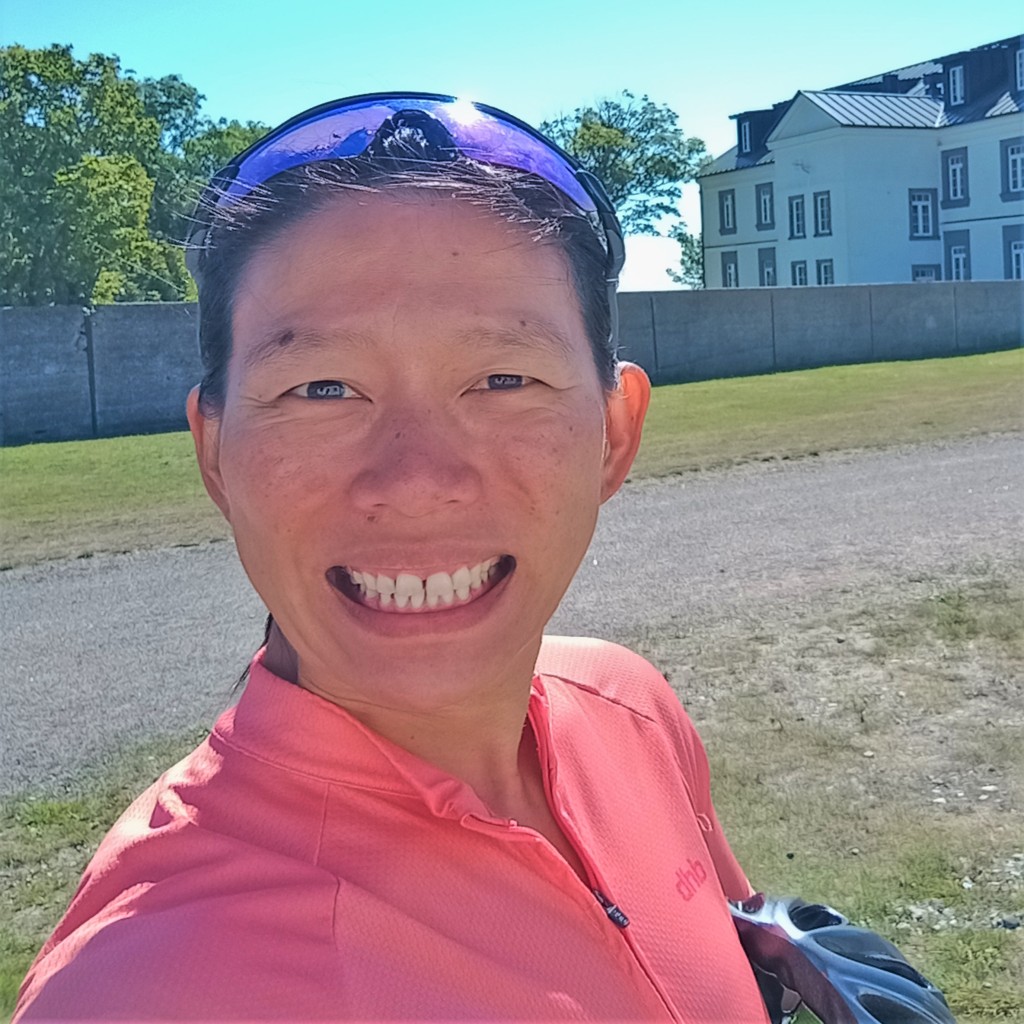

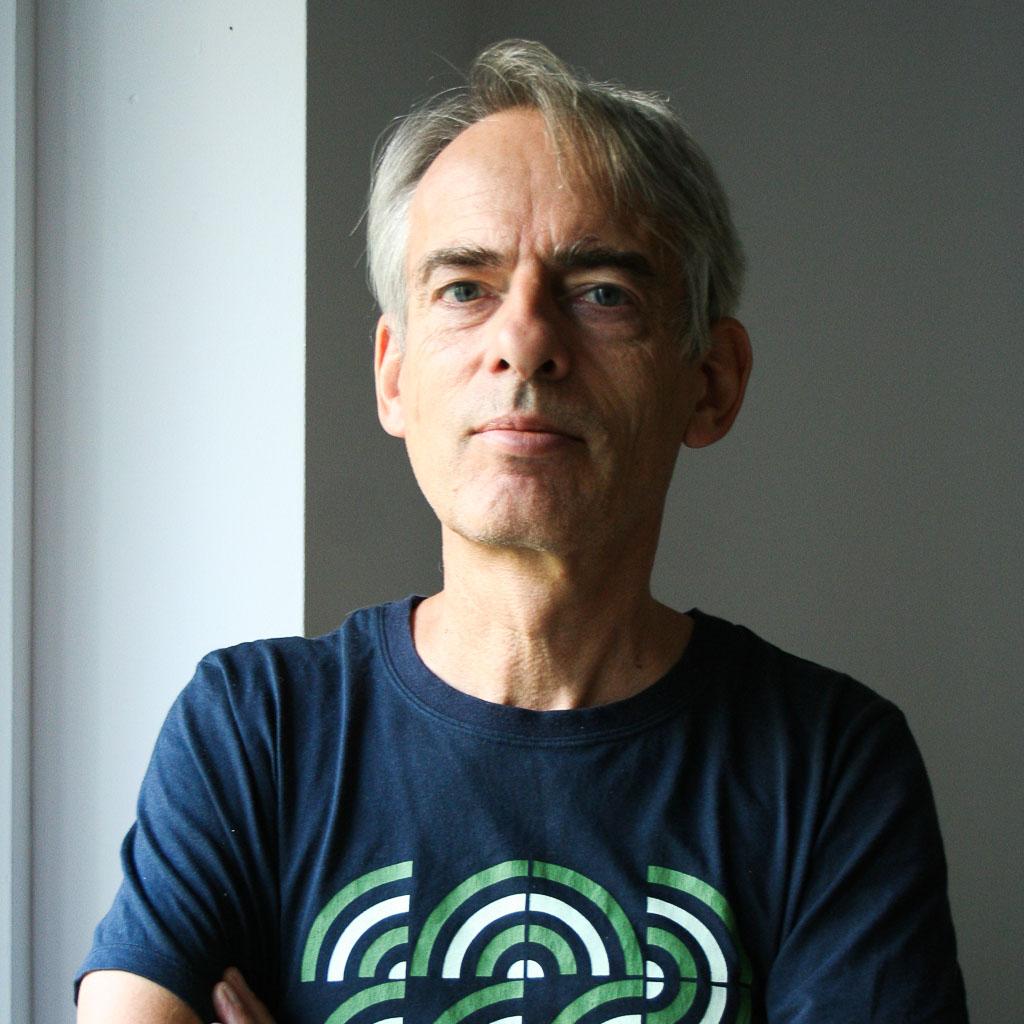

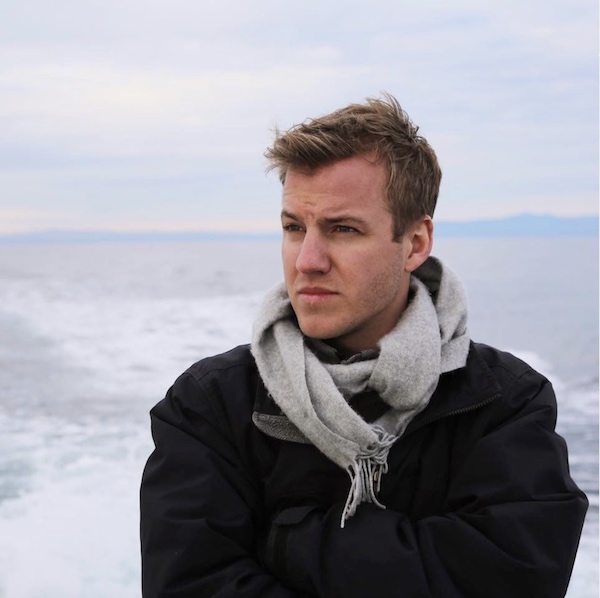



Can't find what you're looking for? Try using these tags: